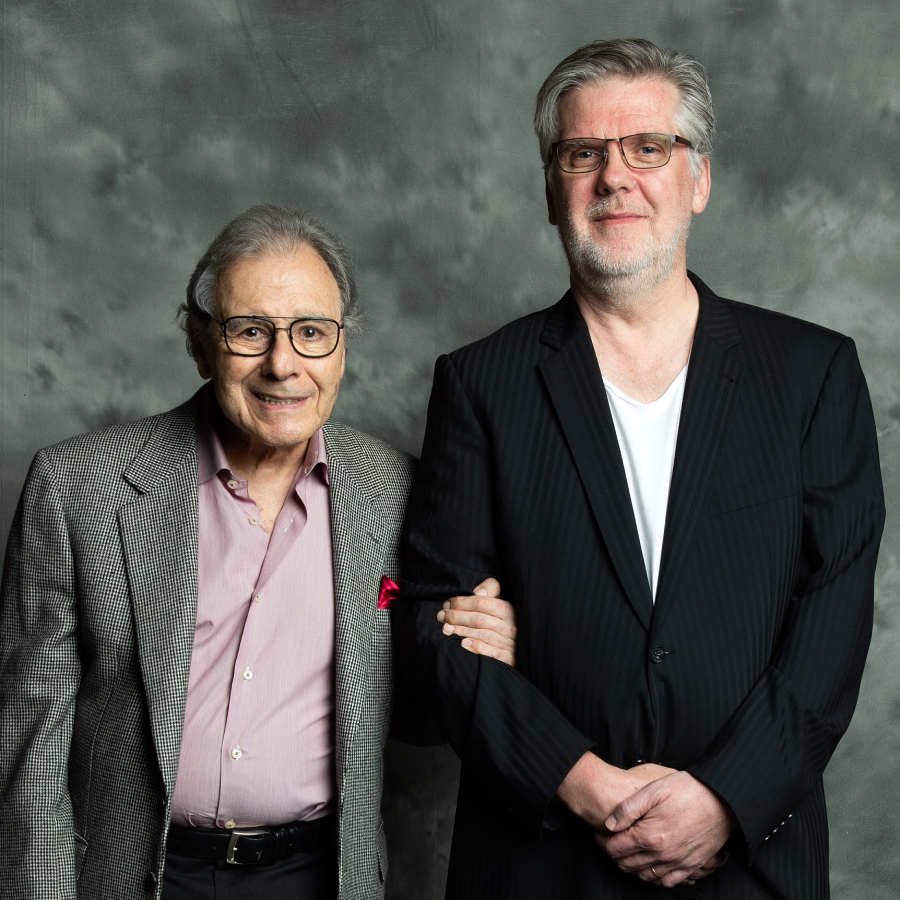
“A CONVERSATION WITH LALO SCHIFRIN”
THE NEW BOSSA NOVA GROOVE EXPERIENCE
A tribute to Lalo SCHIFRIN’s Bossa Nova years reinvented by an ensemble of international soloists blending Latin, classical and jazz music. This is what pianist-composer Jean-Michel BERNARD invites us to this pre-concert in preparation for his next album.
Jean-Michel BERNARD is not just a talented pianist. He’s a complete artist with a keen curiosity and a richly eclectic musical background. A passionate jazz fan from an early age, alongside his classical training as a concert performer, he made French jazz history with a “Bœuf d’or” at the Salon de la Musique in 1981 with his trio, made up of brothers Louis and François MOUTIN, before going on to accompany such great artists as Eddie “Lockjaw” Davis (Count Basie’s saxophonist), Wild Bill Davis, Michael Silva and Major Holey, Guy Laffite and later Jimmy Woode, Duke Ellington’s double bassist, with whom he recorded an album. He was also the official replacement for such great French jazz pianists as René Urtreger, André Persiani, Jacques Loussier and Marc Hemmler.
And while film music was to become his main focus, allowing him to deploy all his inventiveness, notably with Michel Gondry, two encounters were to mark his life as a musician: Ray Charles, whom he met in 2000 and accompanied on a world tour with his quartet for three years, and then Lalo Schifrin, whom he met in 1990 but above all in 2016.
And it’s Lalo, his “Soul Brother”, whom he talks to us about today, and to whom he pays tribute.
CJ: Why Lalo SCHIFRIN?
JMB: Because Mannix, the soap opera, obviously, not the condoms… Lalo SCHIFRIN, he’s the one I’ve always felt closest to musically and who always mixed all musical styles without having a preference for one or the other. And quite simply, he was a genius in his own right. Fortunately, he’s still around. And it just so happened that when I was a kid, I used to watch soap operas on TV, as we all did back then, and I loved the Mannix theme tune.
Years later, for Midem in Cannes, I received a request to do an orchestration for the Lyon symphony orchestra, which was to be conducted by Lalo SCHIFRIN for Midem, and he hadn’t had time to do it. I was asked to write an orchestration for 80 musicians, something I’d never done before. I accepted, and it was a great upheaval in my life, because at the time I was making my first album, and when I heard these 80 musicians play what I’d written together, it was a revelation for me. So the album that was originally intended for 4 musicians became an album for 80 musicians.
And then years later, in 2016, I found myself again with Lalo SCHIFRIN, this time for a festival where I was asked to organize a concert in tribute to his visit. I re-orchestrated all his music, and he was there. He didn’t really remember what we’d done years before – it had been 25 years – but it seems he really appreciated my work, so much so that he came to play on stage at the end of the concert. It was an incredible evening, and I had the idea of making a first album, Jean-Michel Bernard Plays Lalo SCHIFRIN, on which I paid tribute to him and on which he played two or three piano duets with me, which I recorded in Los Angeles, in Hollywood, at the famous Capitol Studio, on Nat King Cole’s piano at the time. It was the start of a great friendship. Since then, he calls us the Soul Brothers.
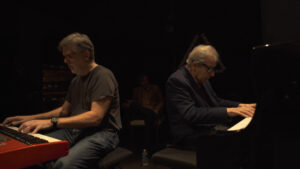
CJ: The concert you’re giving on June 27 will have a Bossa Nova flavour. Why is that?
JMB: In fact, it’s a concert that will herald the release of a second album, which is like a diptych, dedicated to Lalo but on his Bossa Nova years, the 60s. In the early 60s, all the great composers wrote a lot of music and arrangements for Bossa Nova, which was very much in vogue. Obviously, there was Quincy Jones and Lalo of course, there were a few others, and as I really like Bossa Nova, it’s a very happy music with very sad lyrics, I decided to make this second album and we’ve just finished it. It’s about to be released, so we’re giving this concert on the 27th as a tribute to Lalo’s Bossa Nova.
CJ: When people think of Lalo Schifrin, they immediately think of Mission Impossible…
JMB: It’s very simplistic to reduce Lalo SCHIFRIN to Manix and Mission Impossible. Of course, the whole world knows this brilliant music, but I’d like to say that Lalo is also a classical musician who wrote concertos, conducted symphony orchestras, played with Dizzy Gillespie for years, and wrote the Gillespiana Suite, which was a masterpiece in the 60s. So Lalo Schifrin’s work is immense. And as he always says, I don’t write for the past, I write for the future. And he’s right.
Today, he’s coming to the end of his life, unfortunately.
I thought that after Ray Charles, it would be complicated to meet someone like that again, but I found Lalo SCHIFRIN and we became extremely close. I was lucky enough to have him as a friend. He’s my hero.
CJ: When you listen to Lalo Schifrin, when you see him on film, it’s always great orchestrations. But you’ve often played his music solo on the piano. What difficulties do you find in such cases?
JMB: The piano is the orchestra. It’s very simple. When you know how to play a piano, you have an orchestra under your fingers. So I know it may make you smile, but in fact, you realize that when the music is so well written, you have exactly the same sensations as when you perform it with an orchestra.
CJ: Lalo SCHIFRIN played many different styles of music, but who was Lalo SCHIFRIN as a musician in the first place? Where did jazz fit in?
Lalo SCHIFRIN started out in classical music because his father was a violinist with the Buenos Aires symphony orchestra, and he discovered jazz very early on, because he used to go to the port of Buenos Aires when there were boats arriving from the U.S. bringing recordings of jazzmen from the 40’s and 50’s. He discovered jazz and then came to Paris to study with Olivier Messiaen. And what’s really interesting is to see that, in all that he did, what emerges is a man of immense culture and knowledge, who managed to inculcate learned music in the general public without them even realizing it. I’m talking about the public. Because, in the final analysis, when you analyze the orchestration of Mission Impossible, the intermediate voices and so on, it’s nothing less than an orchestra. It’s neither more nor less than contemporary music, things he studied with Olivier Messiaen at the time in Paris at the Conservatoire, with Nadia Boulanger, and he succeeded in adapting them, obviously mixing them with Latin rhythms, which at the time was a great novelty. I think that’s what real talent is all about, people who leave an indelible mark because they’ve been able to create a style. You know right away when you hear Lalo SCHIFRIN that it’s him. And that, for me, is true talent.
It was people like John Williams, who was a great jazz pianist, like Quincy of course, like Lalo Schifrin, like Henri Mancini, like all those people, because jazz was quite simply the richest form of music. I’m not just talking rhythmically, but harmonically. And then, of course, came Bill Evans, but for Lalo Schifrin, it was still bebop, since his bedside pianist was Bud Powell. Even today, when he plays the piano, it’s either Bebop or a Chopin etude. And that’s my jam.
CJ: Hence the mimicry with your career!
JMB: Oh yes, that’s it. Because I did the same thing as him, I went to the conservatory when I was 5, but I’ve always loved jazz. It was the music my father and brother played as amateurs. And that was freedom. Having studied classical music, you end up with someone like Lalo Schifrin. When I played the Jazz Piano Sonata commissioned by Bill Evans in the ’60s, we went from a Prokofiev-like passage to Bebop and then on to classical music. It’s a mixture of all these things where there are no boundaries. No boundaries at all. That sums up Lalo SCHIFRIN.
CJ: So what’s your favorite of Lalo’s works?
JMB: Well, I’ll tell you again, Mannix isn’t the most interesting in itself, because the Gillespiana Suite is absolutely remarkable, but if you want my real favorite is Mannix’s bridge. And it makes Lalo laugh when I say that. But there are so many of them, his concertos, all the works he wrote that have never been sufficiently played.
CJ: Is there anything else you’d like to tell us about the June 27 concert?
JMB: Actually, at the beginning, for this Bossa Nova album, I wanted to do it with some great Brazilian musicians. But then I thought, this has been done ten thousand times, fifteen thousand times. Does it deserve better than that?
So I decided to invite international classical soloists like Paul Meyer, who is one of the top five clarinettists in the world, classical, purely classical. It’s a mix in the pure tradition of Lalo SCHIFRIN, musicians from totally different backgrounds, but who are all immense in their genre. There’s Khalil Chahine on guitar, Pierre Boussaguet, my faithful double bass player, who played with Lalo SCHIFRIN for 20 years, with Michel Legrand afterwards, etc. (Replaced by Fifi Chayeb for the 27th) Xavier Dessanbre on percussion and then Kimiko, my wife, who sings songs in a totally unexpected way, as she has a very small voice. It’s a far cry from Sarah Vaughan or Ella Fitzgerald, but that’s the beauty of it. Our job is also to bring something new to the table. If someone asks me to play Oscar Peterson, I’m going to play Oscar Peterson and I’m going to play like him. But what’s the point? It’s good to know how to do it. And at some point, especially when you’re past a certain age, you say to yourself, it’s more fun to try and create something too. It doesn’t revolutionize music either, of course, but it’s different. I like things that are different, like Lalo. What we like is to hear the note we don’t expect.
Line up
Kimiko Ono – Voices
JMB – piano
Fifi Chayeb – bass
Xavier Dessandre – percussion
Paul Meyer – clarinet
Khalil Chahine – guitar
Translated with DeepL.com (free version)




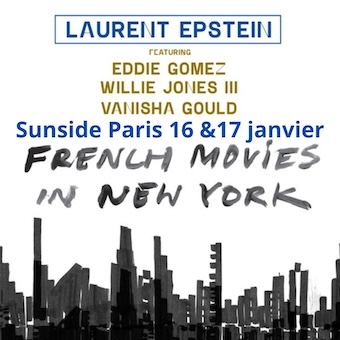
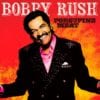
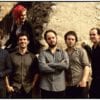
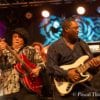
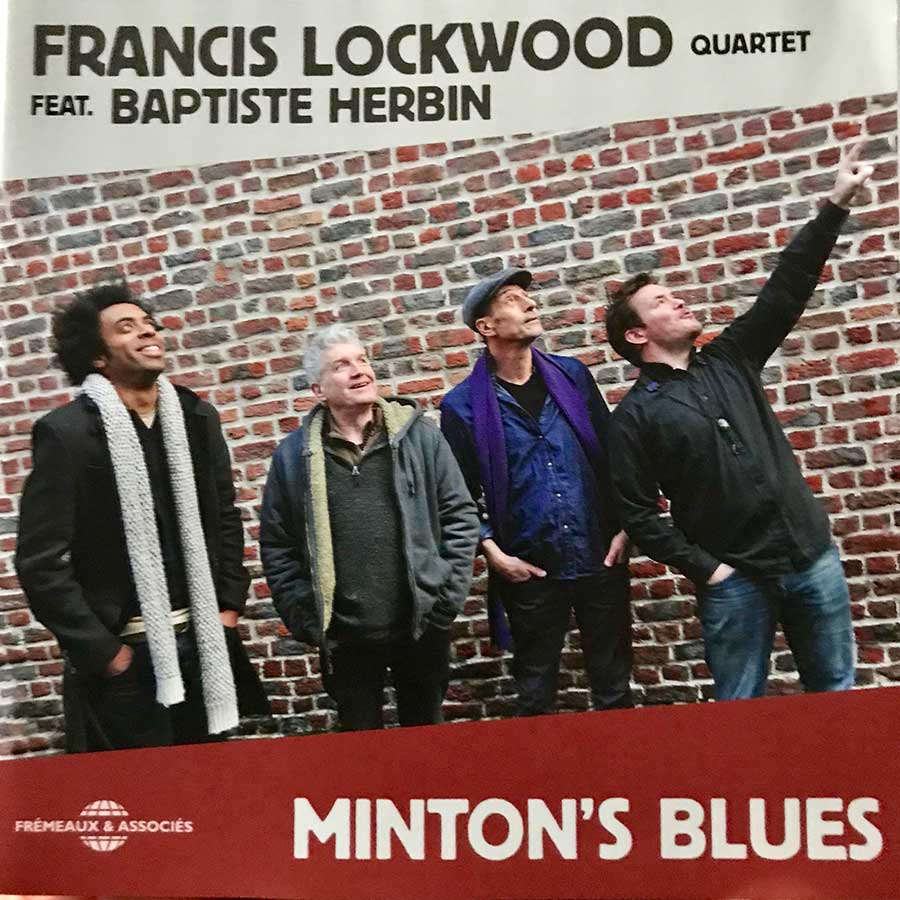
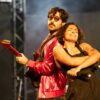
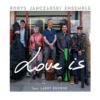
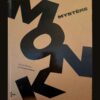

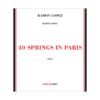


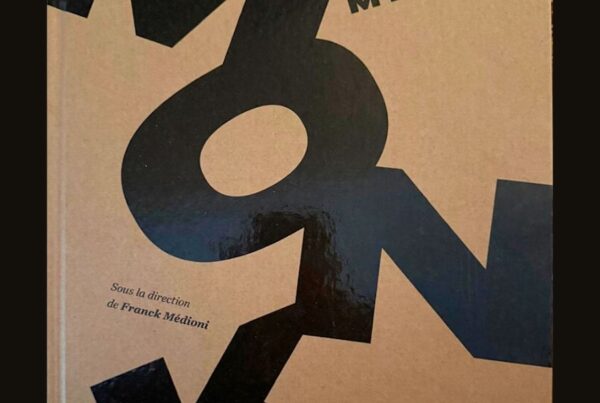
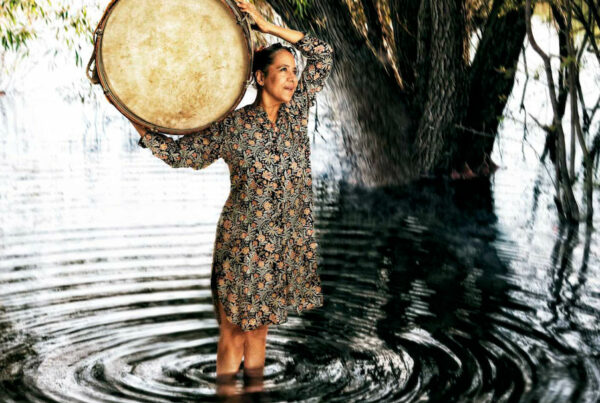


RECENT COMMENTS